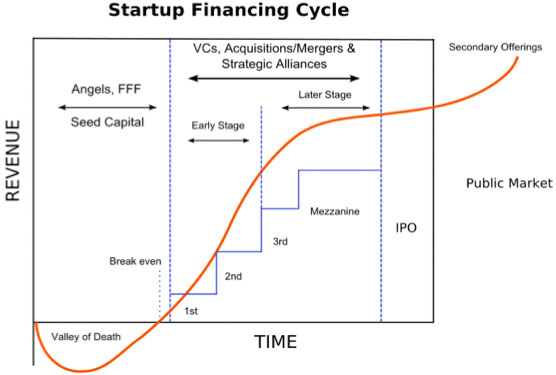What is Crowdfunding and Major Project Categories
Crowdfunding is an online fundraising method that enables individuals or organizations to raise money from a large number of people—collectively known as the “crowd”.What Is Crowdfunding?

Crowdfunding typically involves three key participants:
-
Project Initiators – Entrepreneurs or individuals who present a detailed project or idea seeking funding.
-
Contributors – People or groups who are willing to support the project financially.
-
Crowdfunding Platforms – Online platforms that connect project initiators with potential contributors.
Major Categories of Crowdfunding Projects
Crowdfunding initiatives can be grouped into several categories based on their structure and purpose:
(1) Donation Projects
(2) Reward Projects
(3) Debt Crowdfunding Projects
(4) Equity Crowdfunding Projects
(5) Litigation Crowdfunding Projects
01 Donation Crowdfunding Projects
In donation-based crowdfunding, individuals contribute to a project purely because they believe in the cause, without expecting any return. These campaigns typically support charitable, artistic, philanthropic, or scientific initiatives.
02 Reward Crowdfunding Projects
In reward-based crowdfunding, contributors receive a predefined reward once the project is completed. These rewards may include products, event tickets, or acknowledgments. If the campaign doesn’t meet its funding target, contributions are usually returned.
Reward-based campaigns follow two common models:
-
Keep-it-All – The project initiator retains all funds raised, regardless of whether the target is met.
-
All-or-Nothing – Funds are only collected if the campaign reaches its goal. If not, contributions are refunded.
-
According to a 2014 study by York University (Canada) and Université Lille Nord de France, "All-or-Nothing" campaigns are generally more successful. -The study analyzed 22,875 campaigns with goals between $5,000 and $200,000 and found they were more likely to meet their targets compared to "Keep-it-All" models.
03 Debt-Crowdfunding Projects
Also known as Peer-to-Peer (P2P) lending, this model allows backers to lend money to projects or individuals in exchange for repayment with interest. It operates like a traditional loan system—just crowd-powered.
04 Equity-Crowdfunding Projects
In equity crowdfunding, contributors invest in a company in exchange for ownership shares, similar to buying stock. This method is commonly used by startups and early-stage companies.
- In the U.S., equity crowdfunding was bolstered by the 2012 JOBS Act, which opened the market to a broader base of smaller investors.
05 Litigation Crowdfunding Projects
This model allows individuals to invest in legal cases. If the case is successful, contributors receive a portion of the financial settlement or judgment. It’s a high-risk, high-reward form of crowdfunding.
A Brief History of Crowdfunding

-
1885: One of the earliest known crowdfunding efforts helped finance the Statue of Liberty through newspaper-led donations.
-
1997: The rock band Marillion raised $60,000 online to fund a U.S. tour—often cited as the first online crowdfunding success.
-
2003: ArtistShare became the first official crowdfunding platform.
-
2005–2010: The sector expanded rapidly with platforms like EquityNet (2005), Indiegogo (2008), Kickstarter (2009), and GoFundMe (2010).
Today, crowdfunding platforms raise billions of dollars annually, with the U.S. accounting for over half of the global market.
■ Crowdfunding and Project Categories
George Protonotarios for CrowdHolder.com (c)






